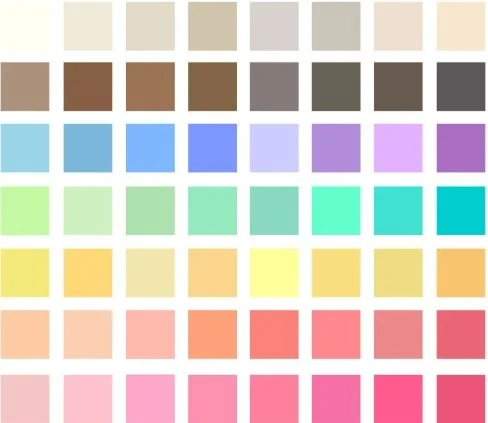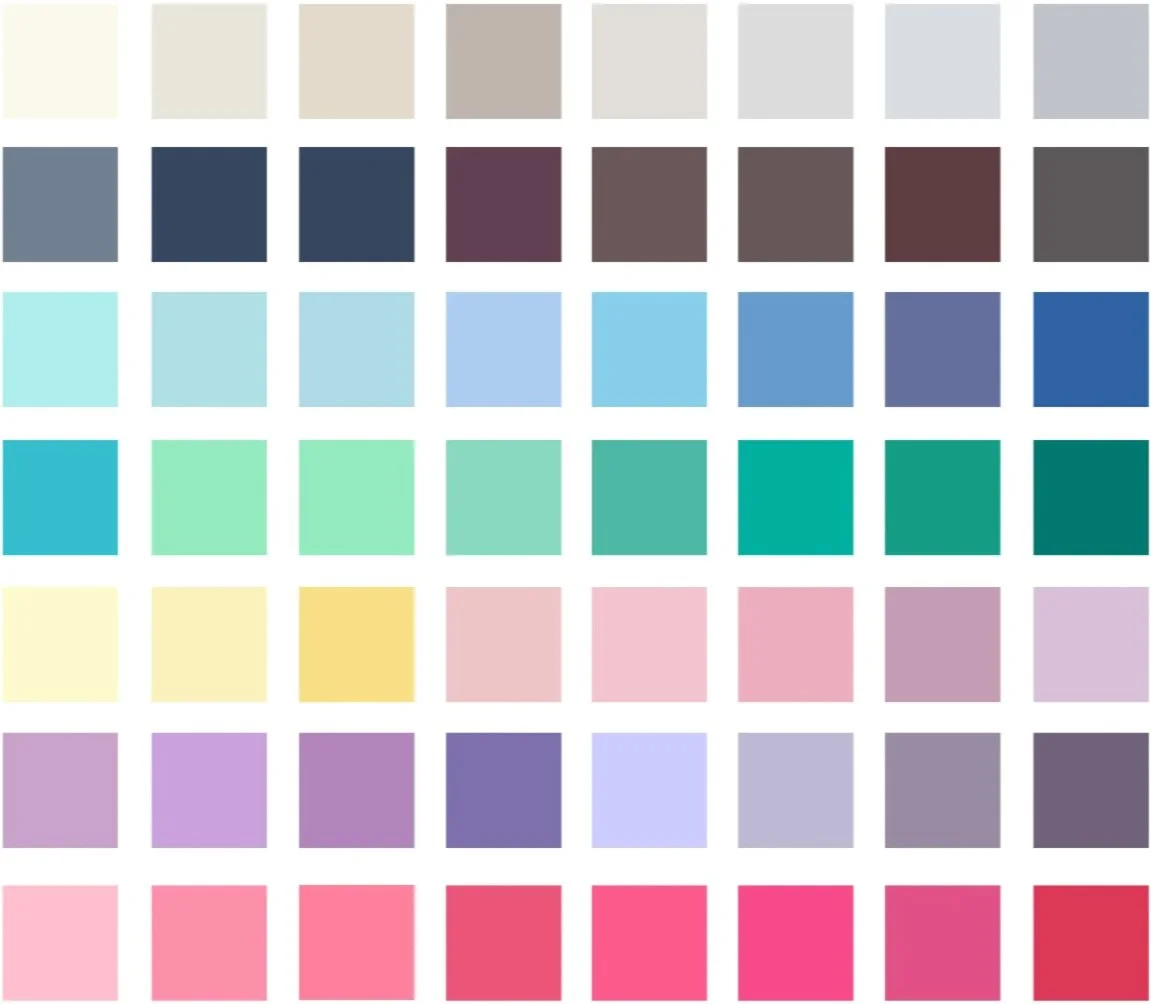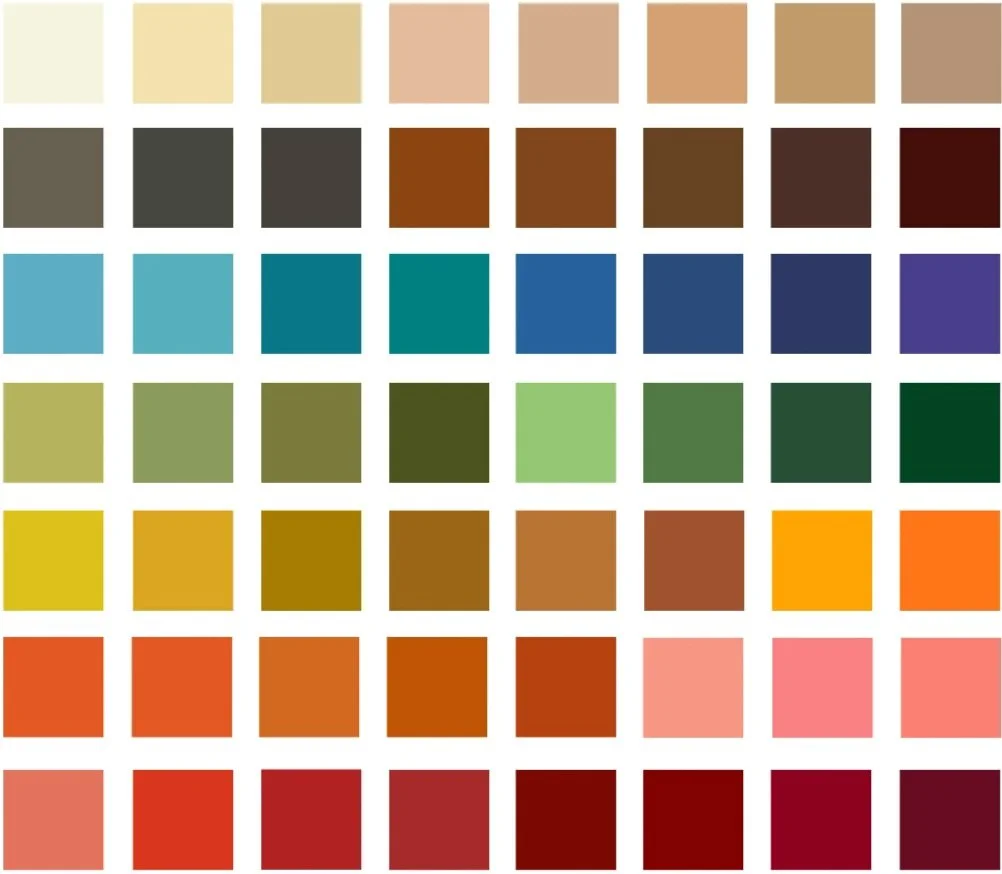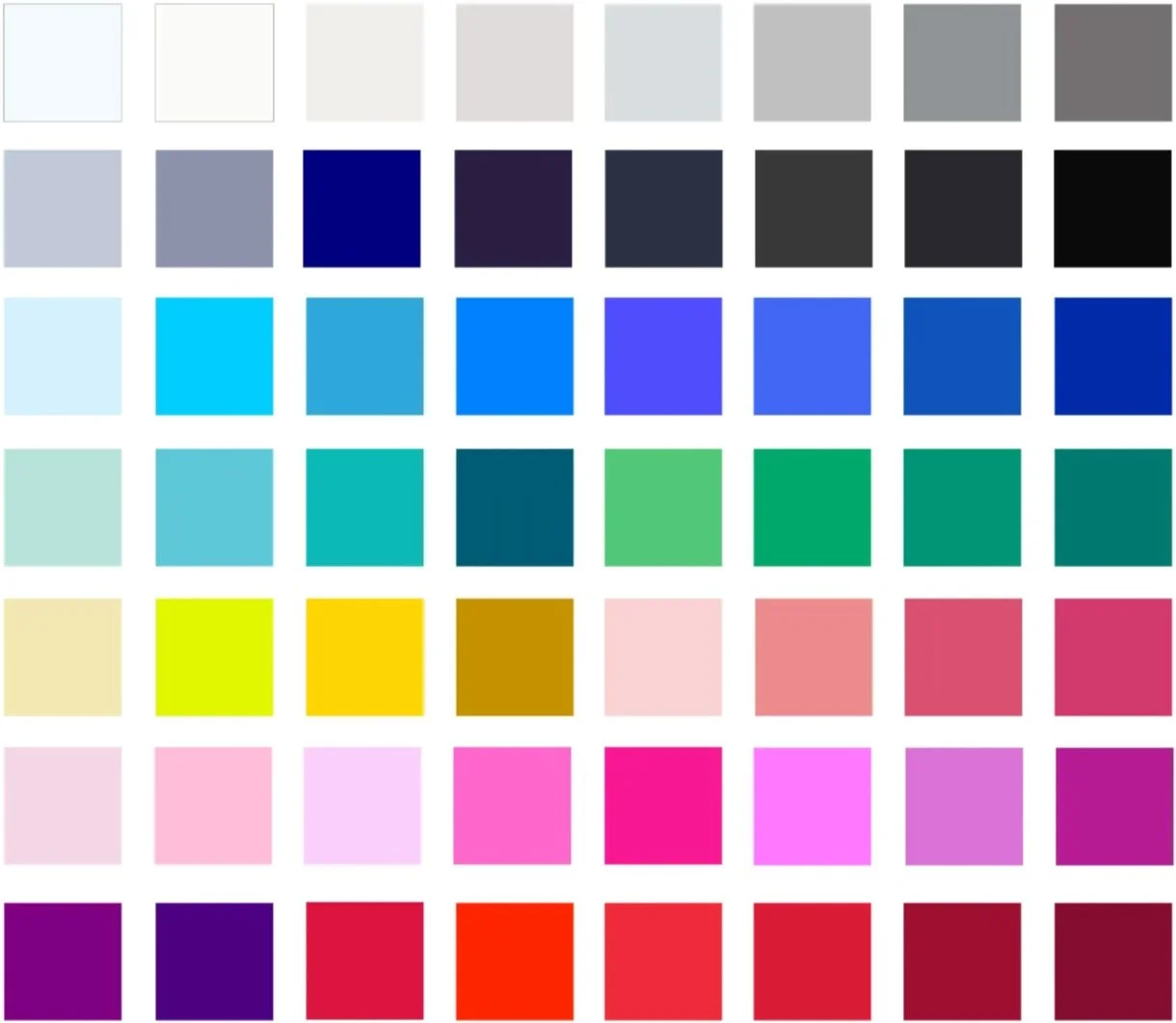
color analysis & you
What is Color Analysis?
Dating back to the early 1900s, color analysis is a tool used to determine which color palette (aka “season”) suits your skin’s complexion the best, using color theory. Since then, it’s grown exponentially popular, with people booking appointments for color consultants in order to get matched and to style themselves in accordance to their perfect season. It goes beyond just your clothes–it can help guide you into choosing your next hair color, makeup look, jewelry, or even the color of your manicure. By dressing in your season, you can appear brighter, healthier, and more visually harmonious.
The four seasons (Spring, Summer, Autumn, Winter) each have their own distinctions, with varying degrees of hue (cool vs warm), value (light vs dark), and chroma (muted vs bright). Additionally, each season has three, more specific palettes:
-

Bright Spring
(Bright + Warm)
-

True/Warm Spring
(Warm + Bright)
-

Light Spring
(Light + Warm)
-

Light Summer
(Light + Cool)
-

True/Cool Summer
(Cool + Muted)
-

Soft Summer
(Muted + Cool)
-

Soft Autumn
(Muted + Warm)
-

True/Warm Autumn
(Warm + Muted)
-

Dark Autumn
(Dark + Warm)
-

Dark Winter
(Dark + Cool)
-

True/Cool Winter
(Cool + Bright)
-

Bright Winter
(Bright + Cool)
In order to figure out your own season, the easiest way is to go to a color consultant and have them analyze you. Another method includes draping different colored fabrics over your shoulder and evaluating which ones look harmonious and which ones don’t, or to even ask online forums dedicated to color analyses for their opinions.
However, color analysis should only serve to be a guide to which colors are generally the most flattering on you or if you’re simply curious. It shouldn’t dictate everything you wear–what matters in the end is if you feel confident in the colors you choose, no matter if they belong in your season or not.

